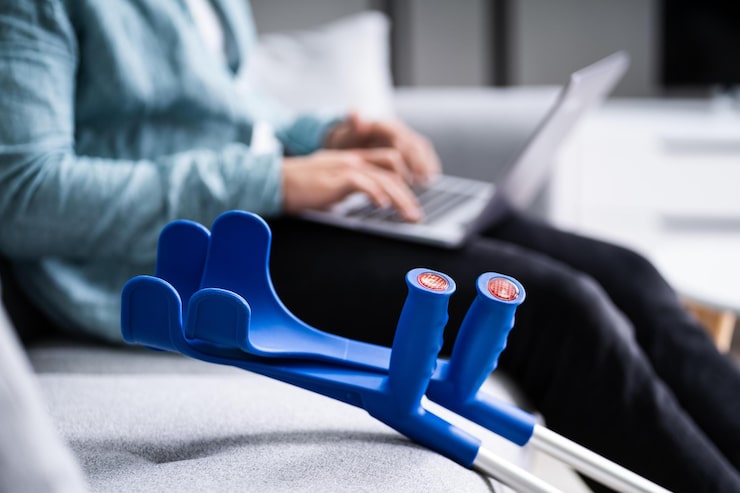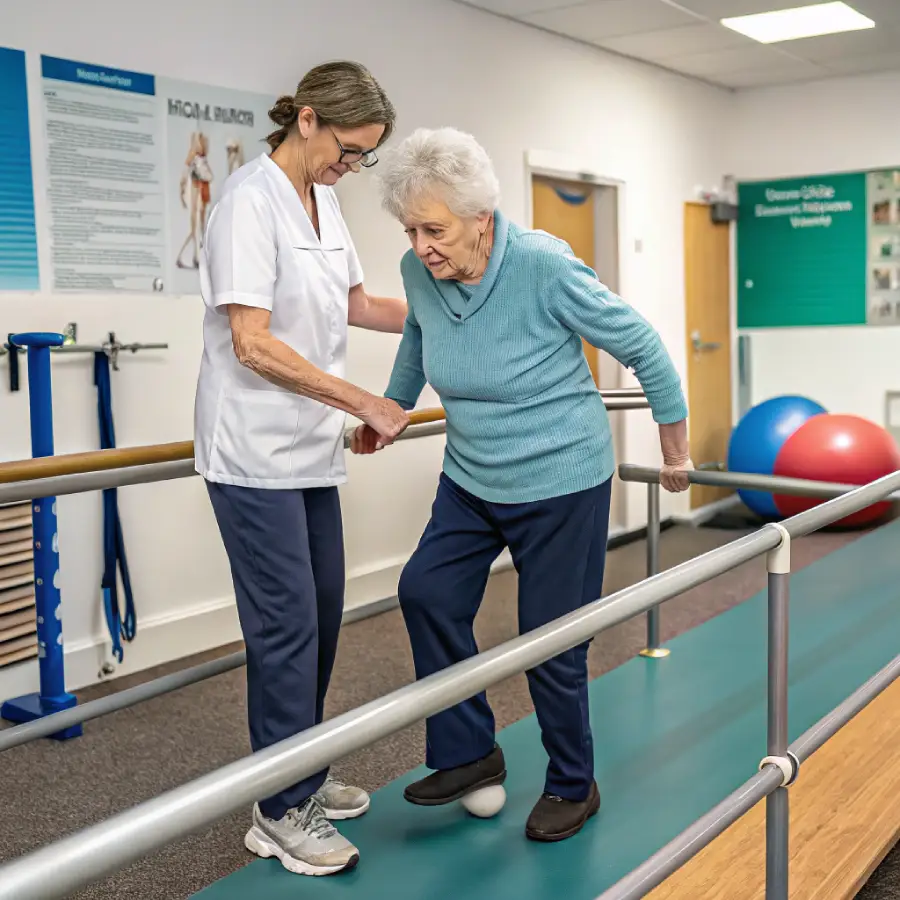Living with a neurological condition can feel overwhelming, like trying to navigate a maze with no clear way out. Tasks that used to feel second nature—like walking, lifting a cup, or even smiling—can suddenly feel impossible. The good news is that physical therapy can offer a way forward. It’s not just about exercises or routines—it’s about rebuilding your life, one small victory at a time.
In this guide, we’ll break down how physical therapy can help people with neurological conditions, share real stories of progress, and explain why sticking with it can truly change lives.
What Are Neurological Conditions?
Neurological conditions are health issues that affect the brain, spinal cord, or nerves. These can make it hard to move, talk, think clearly, or even do basic daily tasks. Some of the most common neurological conditions include:
1. Stroke
When blood flow to the brain gets blocked, parts of the brain don’t get enough oxygen and can become damaged. This can lead to paralysis, trouble speaking, and difficulty with balance or coordination. According to the World Health Organization, over 15 million people worldwide have a stroke each year. Many of them face long-term challenges with movement and independence.
2. Parkinson’s Disease
This condition causes parts of the brain to stop working as they should. Over time, it leads to shaky hands, stiff muscles, and slower movements. More than 10 million people around the world live with Parkinson’s, and for many, it makes everyday tasks like buttoning a shirt or walking across a room much harder.
3. Multiple Sclerosis (MS)
MS happens when the immune system attacks the nerves in the body, making it hard for signals to travel between the brain and the rest of the body. It can cause weakness, blurry vision, and trouble keeping your balance. Roughly 2.8 million people live with MS worldwide.
4. Cerebral Palsy
Cerebral palsy affects children from birth and can cause problems with movement, posture, and muscle control. It’s one of the most common disabilities in children, affecting about 17 million people globally.
5. Spinal Cord Injuries
When the spinal cord gets damaged—often from a car accident or fall—it can lead to partial or complete paralysis. The World Health Organization estimates that 250,000 to 500,000 people suffer spinal cord injuries every year.
While these conditions are all very different, they share a common thread: they change how your body works. But physical therapy is designed to adapt to these challenges, helping you regain what’s possible and learn new ways to live your life.
For physiotherapy services in Scarborough, Call us
How Physical Therapy Helps for Neurological Conditions?
Physical therapy isn’t just about “working out.” It’s about rebuilding your strength, confidence, and ability to take on the world—step by step. Here’s how it helps:
1. Getting Back on Your Feet
For many people, the first goal of physical therapy is to regain the ability to move. Whether it’s learning to walk again after a stroke or improving coordination with Parkinson’s, therapy focuses on helping you move better and feel more in control of your body.
2. Strengthening Weak Muscles
Neurological conditions often leave certain muscles weak or stiff. Physical therapy uses targeted exercises to gradually rebuild strength. For example, stroke survivors might practice standing and sitting repeatedly to get their leg muscles working again.
3. Staying Steady on Your Feet
Falls are a big worry for people with conditions like MS or Parkinson’s. Physical therapy helps train your body to stay balanced. Exercises might include standing on one leg, walking in a straight line, or practicing how to recover if you lose your balance.
4. Loosening Stiffness and Easing Pain
Tight, stiff muscles can make movement frustrating and painful. Therapists use stretches, massages, and simple exercises to help loosen things up and make it easier to move.
5. Finding Hope in Small Wins
Every small improvement—a steadier walk, holding a cup without spilling, or climbing a step without help—builds confidence. These little victories remind you that progress is possible, even if it’s slow.
✔️Also Read: How Soon Can I Start Physiotherapy After an Injury?
What Happens in Physical Therapy?
Physical therapy is designed around you. There’s no cookie-cutter plan. Your therapist will look at your unique situation and create a plan that works for your needs and goals. Here are some of the key tools and techniques they might use:
1. Rewiring Your Brain
The brain has an amazing ability to adapt, even after an injury. This is called neuroplasticity. By practicing the same movements over and over, your brain can learn new ways to control your body. For example, stroke patients often practice moving a weak arm again and again to help the brain reconnect with the muscles.
2. Strength and Stamina Training
Simple activities like standing up from a chair, lifting small weights, or walking short distances are key exercises. Over time, these movements build strength and endurance so you can handle daily life more easily.
3. Balance Exercises
To prevent falls, therapists focus on balance. This might include standing on one foot, using a balance board, or practicing movements that challenge your stability.
4. Hydrotherapy
Water-based therapy is perfect for people with limited mobility. The water supports your weight, making it easier to move without pain. It’s a gentle, low-pressure way to work on strength and flexibility.
5. Functional Training
Sometimes, therapy focuses on specific daily tasks—like getting in and out of bed, holding utensils, or climbing stairs. These skills can make a huge difference in your independence.
Why Sticking with Therapy Matters
Recovery from a neurological condition isn’t quick or easy. There are ups and downs, and sometimes it might feel like you’re not making progress. But the truth is, consistency makes a huge difference. Each therapy session builds on the last, and the effort you put in at home adds even more.
Studies show that patients who stick with their therapy plans see 40–50% more improvement than those who don’t. So even when it feels hard, know that every small step forward is getting you closer to your goals.
✔️Also Read: How Do i Know if i Need Physiotherapy?
How to Get Started with Physical Therapy?
If you’re ready to start physical therapy, here’s how to take the first step:
- Talk to Your Doctor: Ask for a referral to a physical therapist who specializes in neurological conditions.
- Find the Right Fit: Look for a therapist with experience treating your specific condition.
- Set Clear Goals: Work with your therapist to decide what’s most important to you—whether it’s walking independently, cooking a meal, or something else.
- Stay Committed: Recovery takes time, but every session brings you closer to where you want to be.
Final Thoughts
Physical therapy isn’t just about treating a condition—it’s about giving people their lives back. Whether you’re recovering from a stroke, managing Parkinson’s, or supporting someone with MS, physical therapy can help you rebuild strength, regain independence, and find hope again.
It’s not about huge leaps forward—it’s about small, steady steps. Every time you stand a little taller, move a little smoother, or feel a little stronger, you’re proving that progress is possible.
Take that first step today. You’ve got this.










